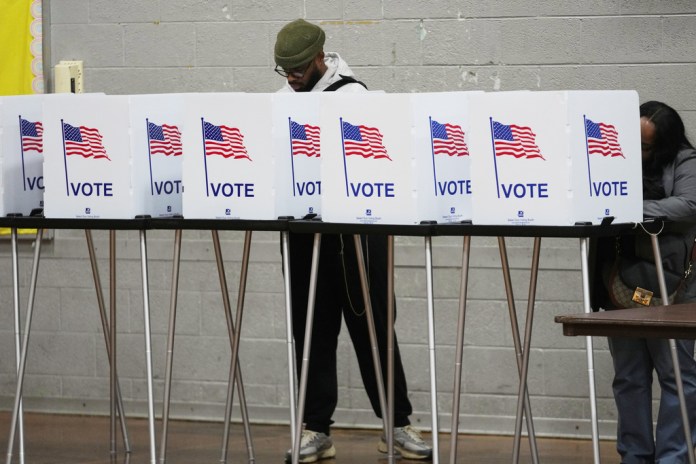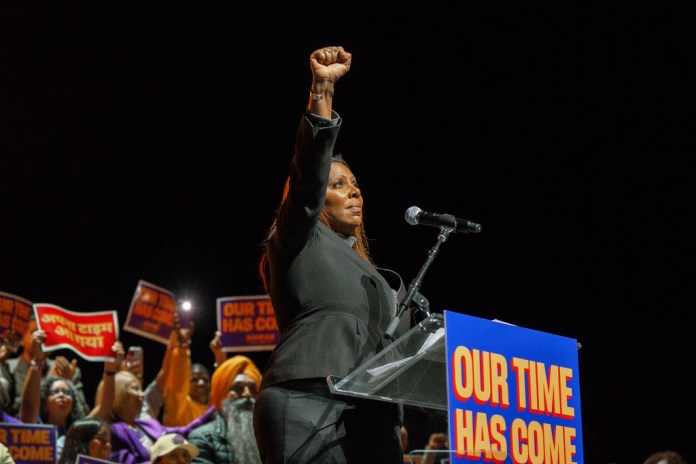U.S. Supreme Court appears split over mail-in ballot challenge
The article reports on the U.S. Supreme Court’s oral arguments concerning a challenge to Illinois mail-in ballot laws. Representative Mike Bost sued the Illinois Board of Elections over a law that permits the counting of mail-in ballots up to 14 days after Election Day, arguing that this conflicts with federal rules setting election timelines. During the hearings,the justices appeared divided. Some, including Justices Ketanji Brown jackson, elena Kagan, and sonia Sotomayor, questioned whether Bost demonstrated actual harm caused by the delayed counting. Chief justice John Roberts noted that Bost has consistently won reelection as 2015, casting doubt on any real threat from the law.In contrast, Justice Samuel Alito expressed skepticism toward the state’s position and appeared more sympathetic to Bost’s concerns about potential disadvantages from extended ballot counting. The case may set precedent, possibly encouraging similar lawsuits in other states. Additionally, the article mentions former President Donald Trump’s intention to lead a movement to end mail-in ballots and voting machines, advocating for federal control over vote counting to enhance election integrity.
U.S. Supreme Court appears split over mail-in ballot challenge
(The Center Square) – The U.S. Supreme Court appeared split during oral arguments on Wednesday about a challenge over mail-in ballot laws in Illinois.
The challenge centers around Rep. Mike Bost (R-IL), who sued the Illinois Board of Elections over a law allowing the state to count mail-in ballots marked on Election Day as much as 14 days after an election.
Bost filed the lawsuit in 2022, arguing that Congress sets the time for federal elections and the state’s mail-in ballot counting procedures go against that policy.
Justice Ketanji Brown Jackson said she did not understand the harm caused to Bost by allowing mail-in ballots to be counted in the period after Election Day.
“In every election, candidates voluntarily put themselves up for election and there is a risk that they will win or lose,” Jackson said.
Paul Clement, an attorney for Bost, said candidates who comply with mail-in voting counts after an Election Day are “forced to gamble” with the chance of an election not turning out in their favor.
Justices Elena Kagan and Sonia Sotomayor also appeared skeptical of the harm caused to a candidate under the Illinois law. Kagan pointed to other challenges to election law, like not allowing citizens to vote early on Sunday, as an example.
Sotomayor said Bost’s case appeared to be based on speculation rather than proven harm.
Chief Justice John Roberts pointed out that Bost won reelection each cycle since 2015. He questioned whether there was a credible threat that Bost could lose even after mail-in ballots were counted.
Jane Notz, an attorney for the Illinois State Board of Elections, argued Bost did not have standing to sue because he was simply concerned with the results.
Notz said Bost’s “smaller margin of victory does not have real-world consequences.”
However, Justice Samuel Alito appeared skeptical of the Illinois Board of Elections’ conclusions. He appeared concerned that a smaller margin of victory due to counting mail-in ballots is sufficient proof of harm.
Justice Alito, joined by Justice Kavanaugh, questioned whether Bost’s campaign team would need to expend resources to count additional ballots.
Notz said provisional ballots would still be counted up to two weeks after an election, which would make it difficult to prove harm since there would be no additional campaign resources expended to count mail-in ballots.
Clement argued that any amount a candidate needs to expend in order to get the results of election results is harmful to that candidate.
“[The] candidate is not a bystander in his or her own election,” Clement said.
If the high court upholds Bost’s standing to sue the board of elections, it could allow other states to move forward with similar litigation against mail-in ballot laws.
In an August social media post, President Donald Trump said he is planning to “lead a movement” to end mail-in ballots and voting machines. He said he would sign an executive order in the near future to formalize his plans, but has yet to make such an order.
SUPREME COURT SKEPTICAL OF COLORADO’S ‘CONVERSION THERAPY’ BAN
Trump said challenging mail-in ballots would restore election integrity and create a faster voting process.
“Remember, the States are merely an ‘agent’ for the Federal Government in counting and tabulating the votes,” Trump said. “They must do what the Federal Government, as represented by the President of the United States, tells them, FOR THE GOOD OF OUR COUNTRY, to do.”
" Conservative News Daily does not always share or support the views and opinions expressed here; they are just those of the writer."




